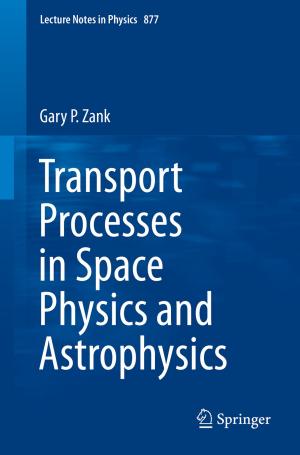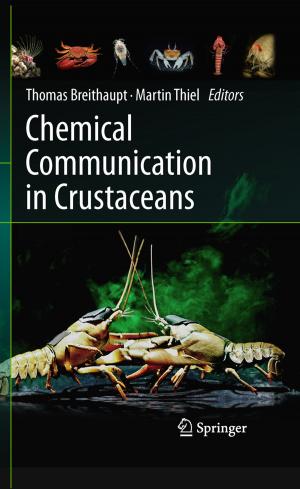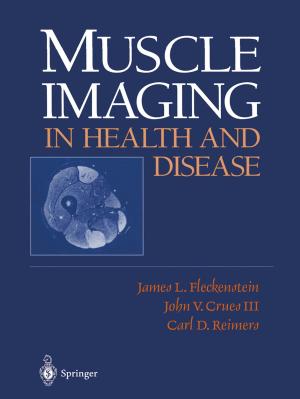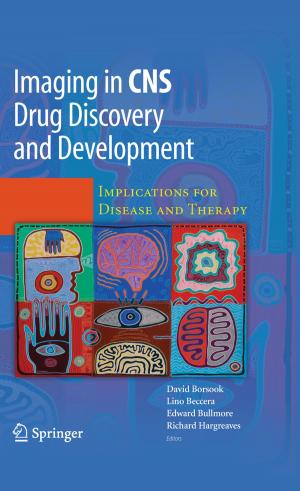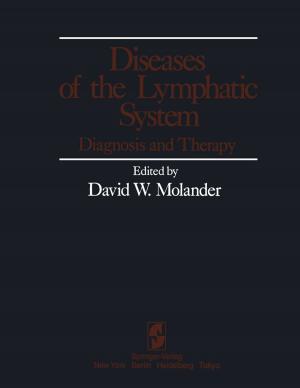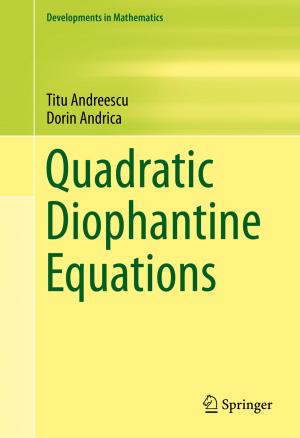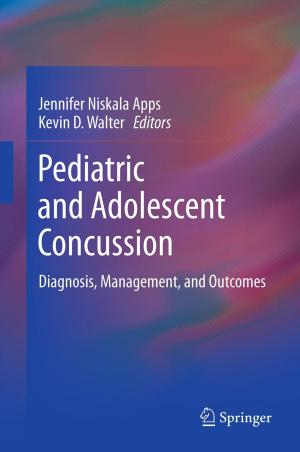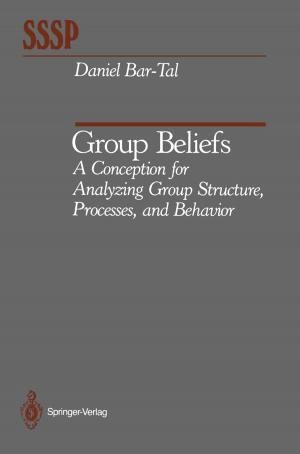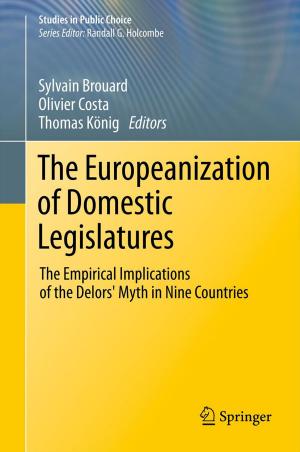Endemic Cretinism
Nonfiction, Health & Well Being, Medical, Specialties, Internal Medicine, Endocrinology & Metabolism, General| Author: | ISBN: | 9781461402817 | |
| Publisher: | Springer New York | Publication: | September 25, 2011 |
| Imprint: | Springer | Language: | English |
| Author: | |
| ISBN: | 9781461402817 |
| Publisher: | Springer New York |
| Publication: | September 25, 2011 |
| Imprint: | Springer |
| Language: | English |
Responding to a renewed interest in the growing problem of iodine deficiency worldwide, Drs. Charles Oxnard and Peter Obendorf, along with experienced translator and anatomist John Dennison, take a fresh look at the classic text, Der endemische Kretinismus, published in 1936 by Springer. Translated here for the first time into English, this landmark text will be a welcome resource for researchers confronting the problem of iodine deficiency. Oxnard and Obendorf point out that there is very little detailed knowledge or numerical data on cretinism available in the English-speaking world. In addition, highly-renowned Professor Basil S. Hetzel, recently-retired World Health Organization Chairman of the International Council for Control of Iodine Deficiency Disorders, published in 2009 with Dr Chen Zu-pei on the resurgence of iodine deficiency in China. Indeed, throughout the entire developing world there may be as many as two billion people at risk to iodine deficiency; perhaps three quarters of a billion have goiter, and ten million may be cretins. Even in developed countries, iodine deficiency is re-emerging (as in New South Wales in 19% of children) with the result of significantly reduced numbers of gifted children (though this is not cretinism per se). Certain to be of significant interest to a wide range of researchers, health providers and professionals, including government health administrators, this English translation of Endemic Cretinism is a major contribution to the literature.
Responding to a renewed interest in the growing problem of iodine deficiency worldwide, Drs. Charles Oxnard and Peter Obendorf, along with experienced translator and anatomist John Dennison, take a fresh look at the classic text, Der endemische Kretinismus, published in 1936 by Springer. Translated here for the first time into English, this landmark text will be a welcome resource for researchers confronting the problem of iodine deficiency. Oxnard and Obendorf point out that there is very little detailed knowledge or numerical data on cretinism available in the English-speaking world. In addition, highly-renowned Professor Basil S. Hetzel, recently-retired World Health Organization Chairman of the International Council for Control of Iodine Deficiency Disorders, published in 2009 with Dr Chen Zu-pei on the resurgence of iodine deficiency in China. Indeed, throughout the entire developing world there may be as many as two billion people at risk to iodine deficiency; perhaps three quarters of a billion have goiter, and ten million may be cretins. Even in developed countries, iodine deficiency is re-emerging (as in New South Wales in 19% of children) with the result of significantly reduced numbers of gifted children (though this is not cretinism per se). Certain to be of significant interest to a wide range of researchers, health providers and professionals, including government health administrators, this English translation of Endemic Cretinism is a major contribution to the literature.


